Right now, there are hydrangeas everywhere on campus – pink, red, white, purple, and blue. They are outside the library, in front of Scott Hall, in front of Ford, by the lion statue, in front of Mem, by the Admissions building, by the Hill’s house, and in front of almost every building on Payson Avenue.
But hydrangeas aren’t the only visually alluring flower gracing Williston’s campus. The Grounds team and other companies maintain our campus beauty; there is a middle school garden and plenty of faculty gardens, as well.
Wesley Newton, Williston Grounds Supervisor, and his five-person team works with Snow & Sons Landscaping, a company based in the Pioneer Valley that has been servicing the area for over 40 years, to create the scenic campus we have today.
“It’s important for students to have a nice green and colorful area to relax in,” Newton said.
Most of the effort around campus made by our Physical Plant members and Snow & Sons focuses not just on the flowers and bushes around campus, but the grass.
“There’s cool season and warm season grass,” Newton explained. “We use cool season, mainly Fescue, Bluegrass and Rye … types of grass that can sustain their color through winter.”
“To plant grass,” Newton explained, “we get rid of whatever grass is already there, put down some mulch which is like a new layer of soil, then scatter out some seeds and straws to protect the birds from eating it. Sometimes we put a little bit of fertilizer to provide some phosphorus.”
Newton said his team has to constantly keep an eye on the state of the grass, and take action accordingly.
“We don’t often replant grass, we only really make changes to the grass if there’s damage to it or we overseed,” Newton said. “But a lot of the times we have to dethatch the grass, which is basically getting rid of dead grass, or aerating the soil by putting tubes underground filled with air, which allows air and nutrients to help the grass grow. If you have to do it in your own lawn, you will realize that growing grass is actually a very meticulous process.”
The Grounds team also works with Barlett Tree Experts, a company started in 1907 that now has more than 100 offices worldwide, to care for the trees on campus. Some of the trees, Newton explained, are not doing great.
“A lot of trees around here are starting to show signs of being affected by global warming,” he said. “They are struggling to store energy in the winter, and they are also struggling to withstand the intense heat in the summer. Our sugar maples, in particular, are starting to shed leaves way too early.”
But contrary to the struggling trees on campus, Science teacher Allison Tucker’s plants are doing great. Tucker, a dorm parent in Logan House, owns a personal garden with a variety of practical and aesthetic plants.
“There are certain things that grow better in this climate, though it depends on the season; usually it’s things like tomatoes, basil, lettuce, pumpkins, gourds, corn and potatoes,” Tucker said. “Plants don’t want to die. They do a really good job at trying everything they can to keep surviving. The weather we’ve had throughout the past few years range from super drought conditions to lots of rain almost every day, so the plants on campus have to withstand a lot of fluctuation, and I think it’s impressive that they’re able to do that and still thrive each year.”
Jane Lucia, a middle and upper-school Science teacher, is in charge of the middle school garden, a community garden for everyone at Williston. The garden includes a wide variety of plants, mostly food crops like tomatoes, potatoes, beets, beans, and raspberries.
The middle school garden, Lucia explained, is “a learning lab. We want things growing as they grow so we can study them. The wildness of it is part of the beauty of how things grow.”
“To me, the importance of gardening is students being aware where their food comes from, how we grow it conventionally, and how that contributes to some of the issues we have today like our dying bee population and soil depletion and the effects of climate change,” she said.
Parker Brown, a junior at Williston, often visits the middle school garden.
“Right now it has lots of stuff, a bunch of different types of mints and lavenders, beautiful flowers and much more,” Parker said. “You can make herbal teas out of the plants in the garden, which I have done before. Sometimes I just go there to take a walk and relax, it smells really good.”
Lucia mentioned how Native American comunities around New England would grow squash around corn so the prickly leaves of the squash would protect the corn from predators. Then, they would grow beans up the corn because the corn has a stock, and because beans produce nitrogen from their roots, and corn needs a lot of nitrogen. This planting method is called the “Three Sisters” method, and has been tried in the middle school garden.
In addition to its beauty, the garden is also eco-conscious. Tucker and Lucia both push for more awareness of the Williston ecosystem.
“I think always including pollinator-friendly flowers and landscaping is super beneficial to increasing pollinator habitats, and also increasing what we get from our gardens as well,” Tucker said.
“When you walk from campus buildings to the dining hall, you pass gardens that are decorative, a lot of beautiful colorful flowers, but if you notice them as you walk by you don’t see a lot of pollinators on them,” Lucia added. “If you come down to the middle school garden once the sun is out, there is arugula flowering, and marigold flowering, and the weeds that are flowering, and you will find pollinators there. Our cultivated plants are pretty, but they don’t actually contribute to the ecology of a place. The more we can grow native plants, the ones pollinators want and need, the better the system as a whole will be.”
Gardens are not uniform. A lot of people think of plants when they hear the word garden, but it’s really about biodiversity. It’s about the animals that come to pollinate, beneficial insects that come to eat the harmful insects; it’s about soil turning waste product into nutrients for plants. It’s about an entire system of biology.
Lucia is passionate about maintaining that system on campus; her eyes gleamed when she interacted with life in the middle school garden.
“Other people would say that this is an unkept garden, and in fact it is; we haven’t been out here to weed or clean it up, but it’s growing,” Lucia said. “It’s collecting sunlight, it’s feeding our soil microorganisms, and that’s the part we’re learning to appreciate — look, here is a pea that is fruiting!”
The Beauty and Biodiversity Blooming All Over Campus
1
0
More to Discover



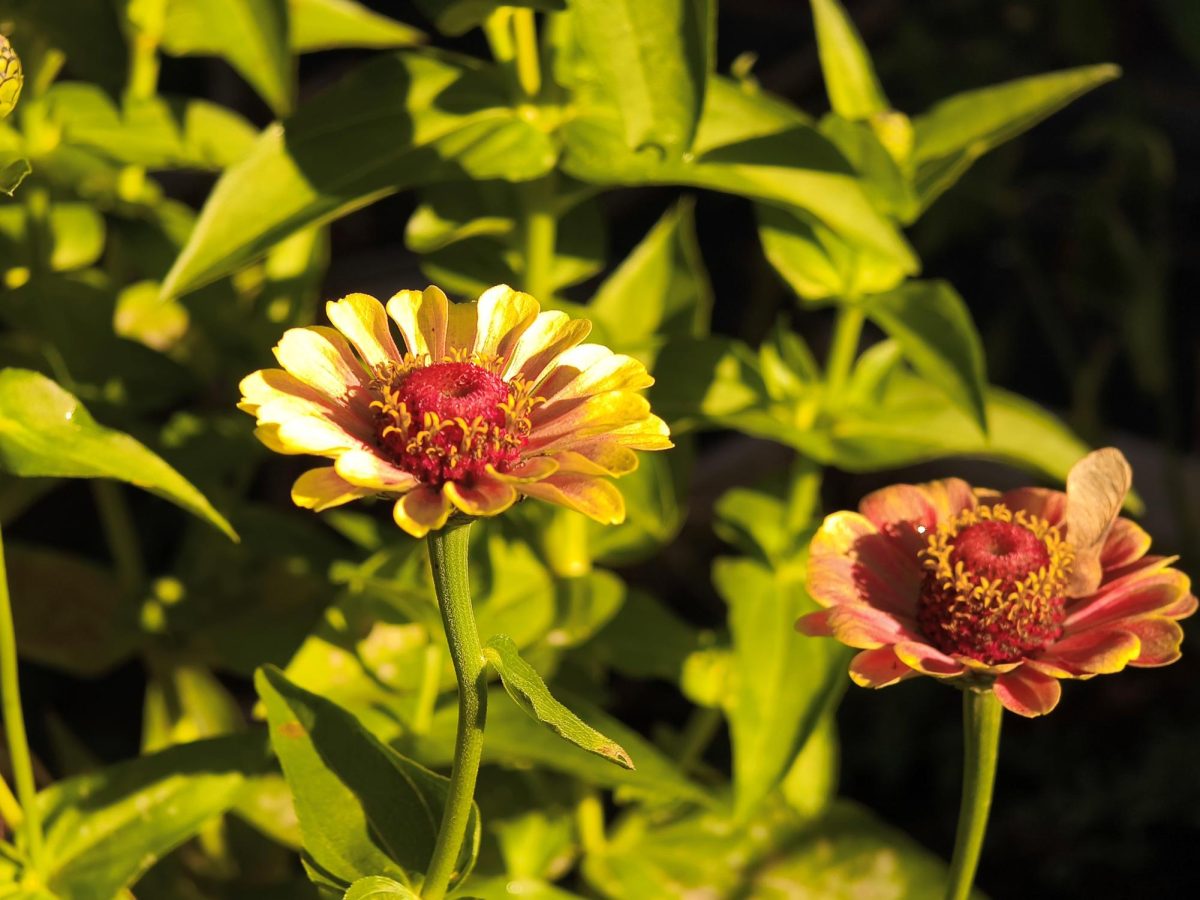

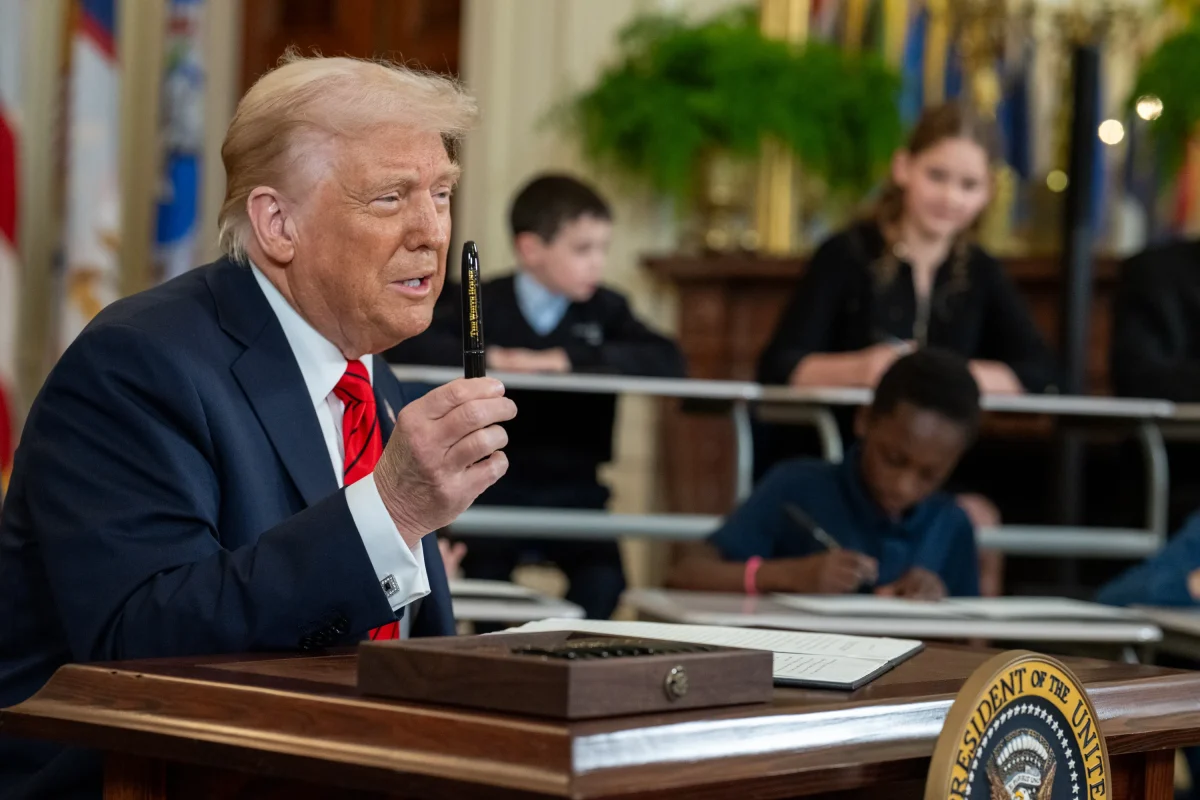
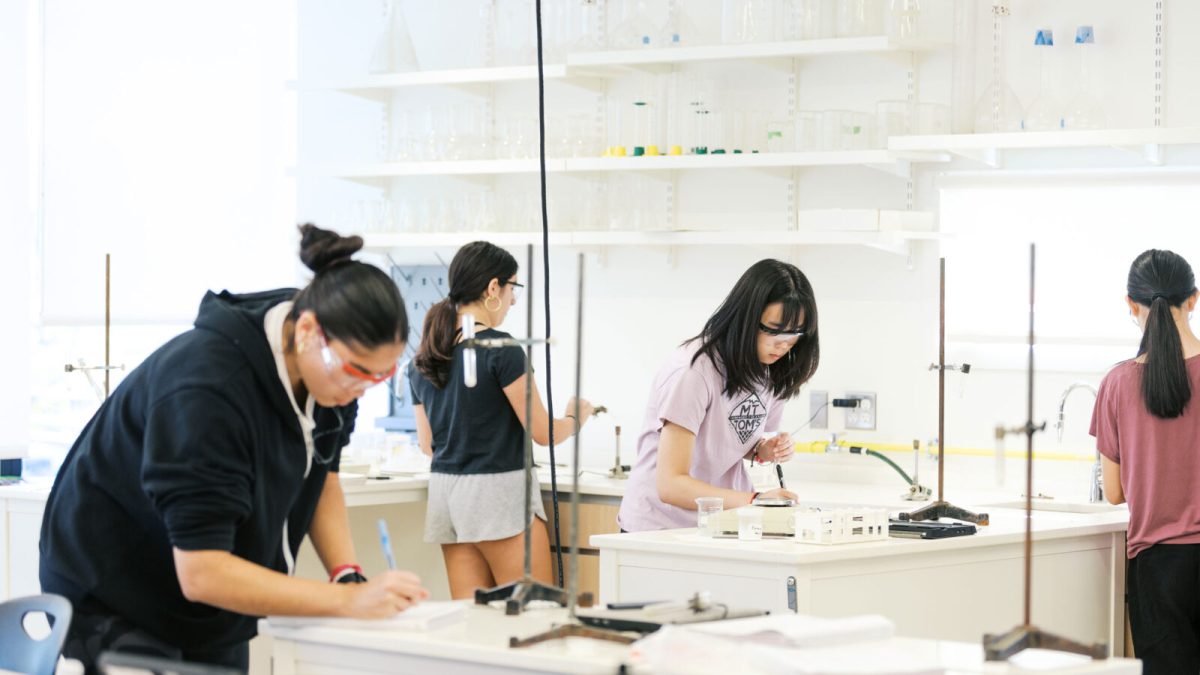

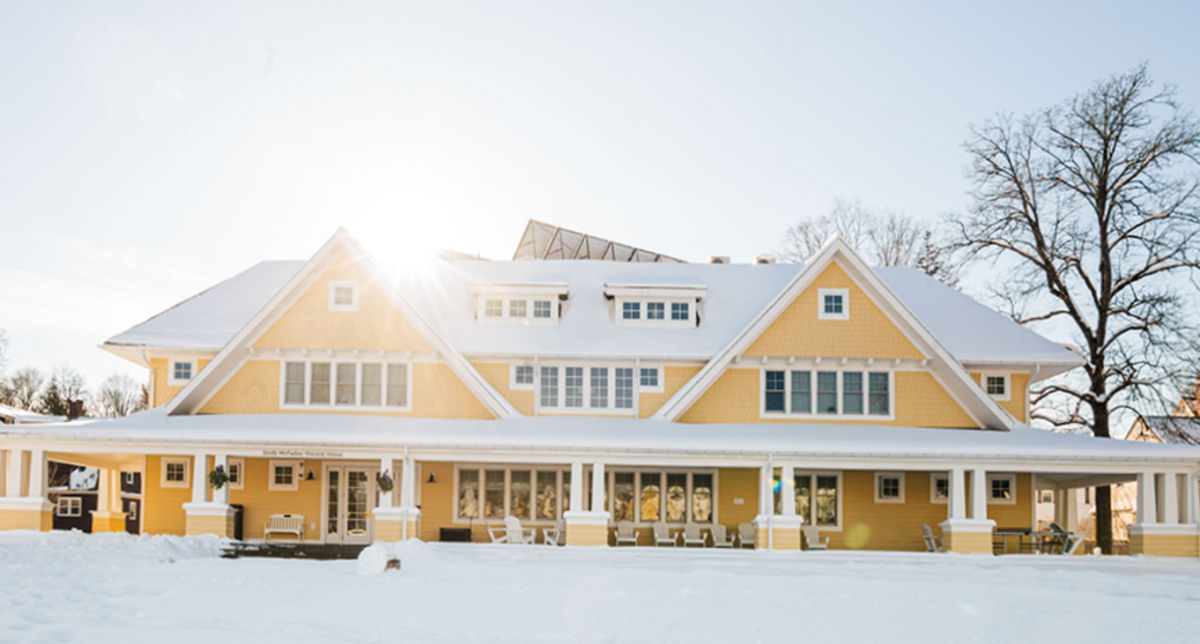



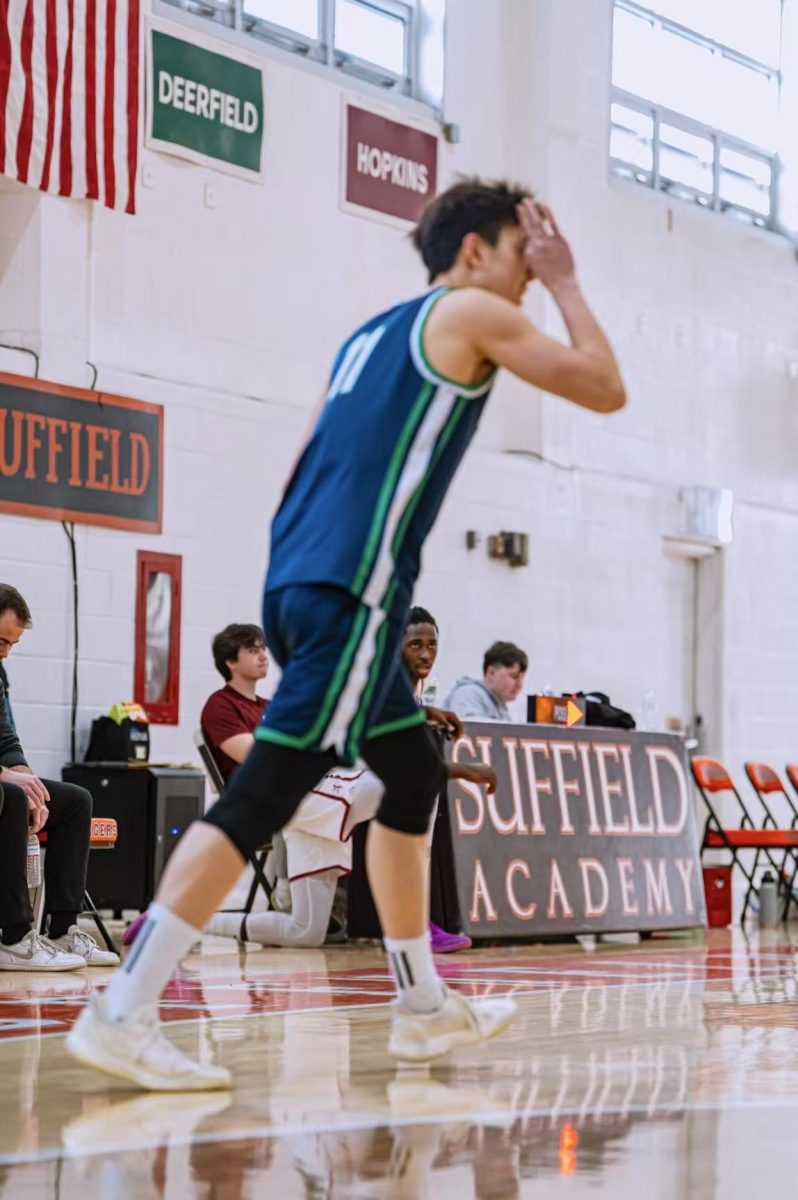
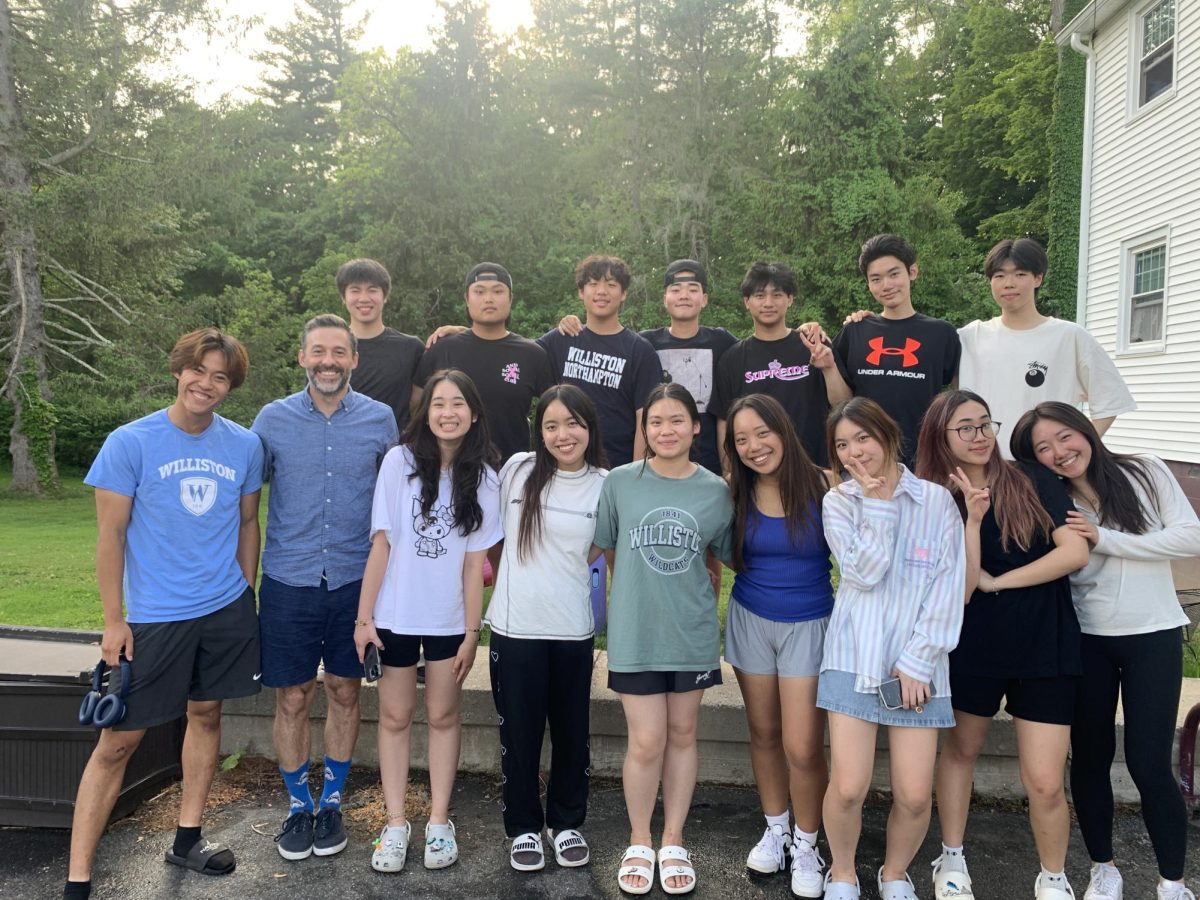

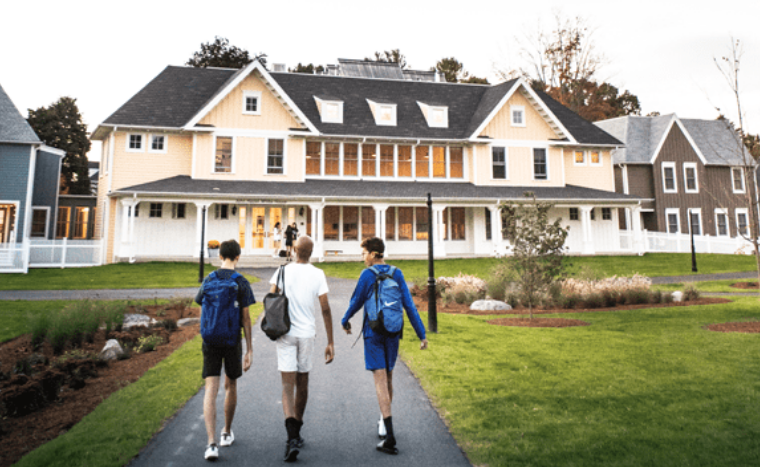

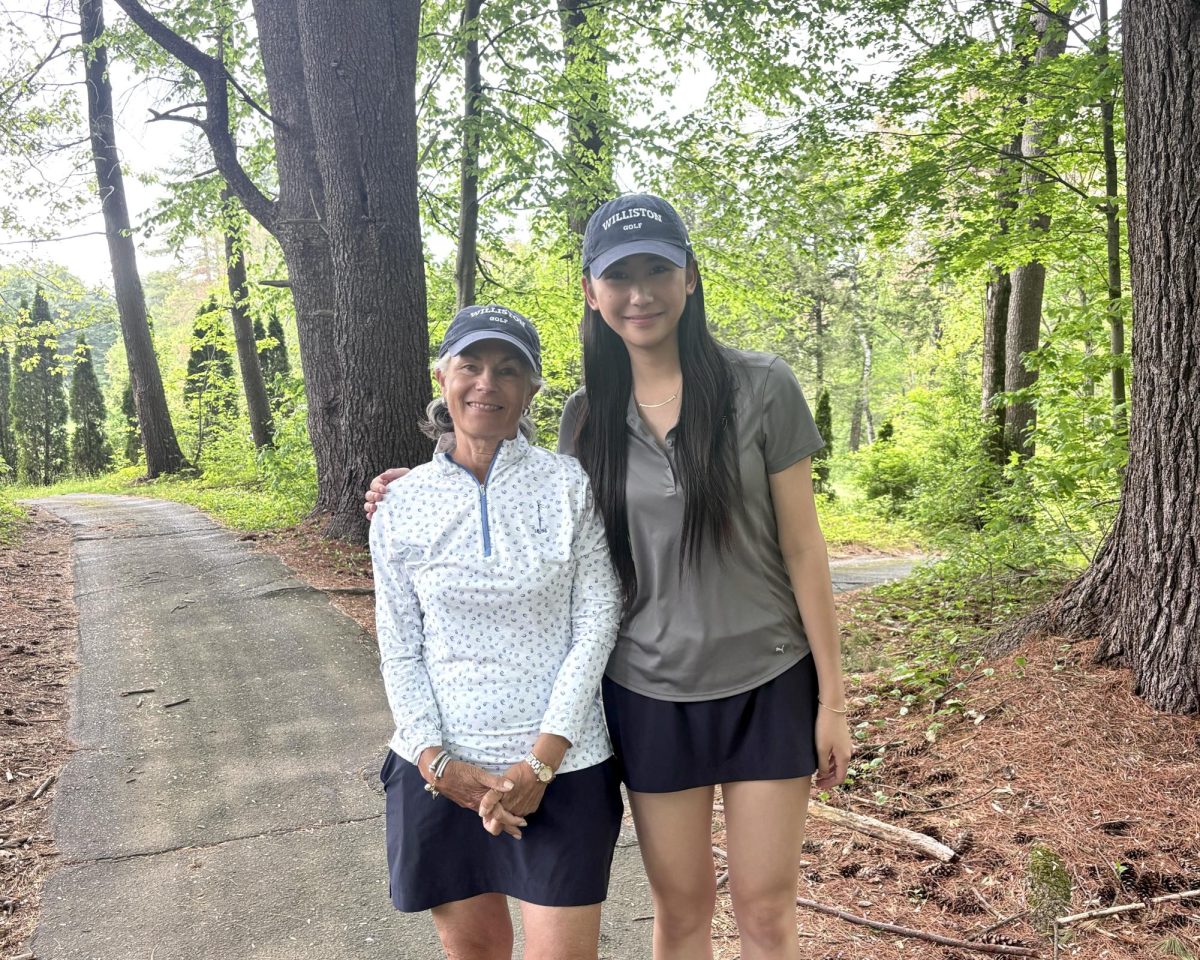
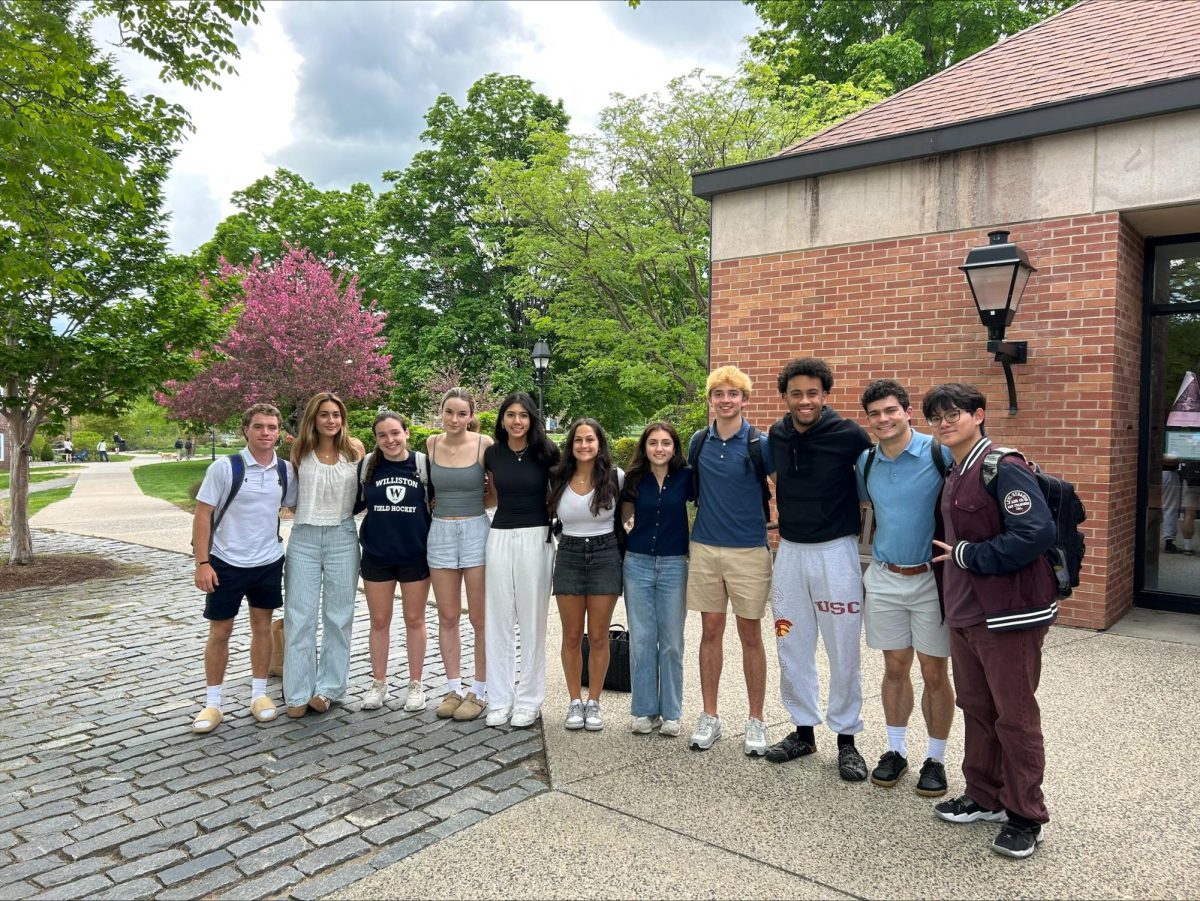

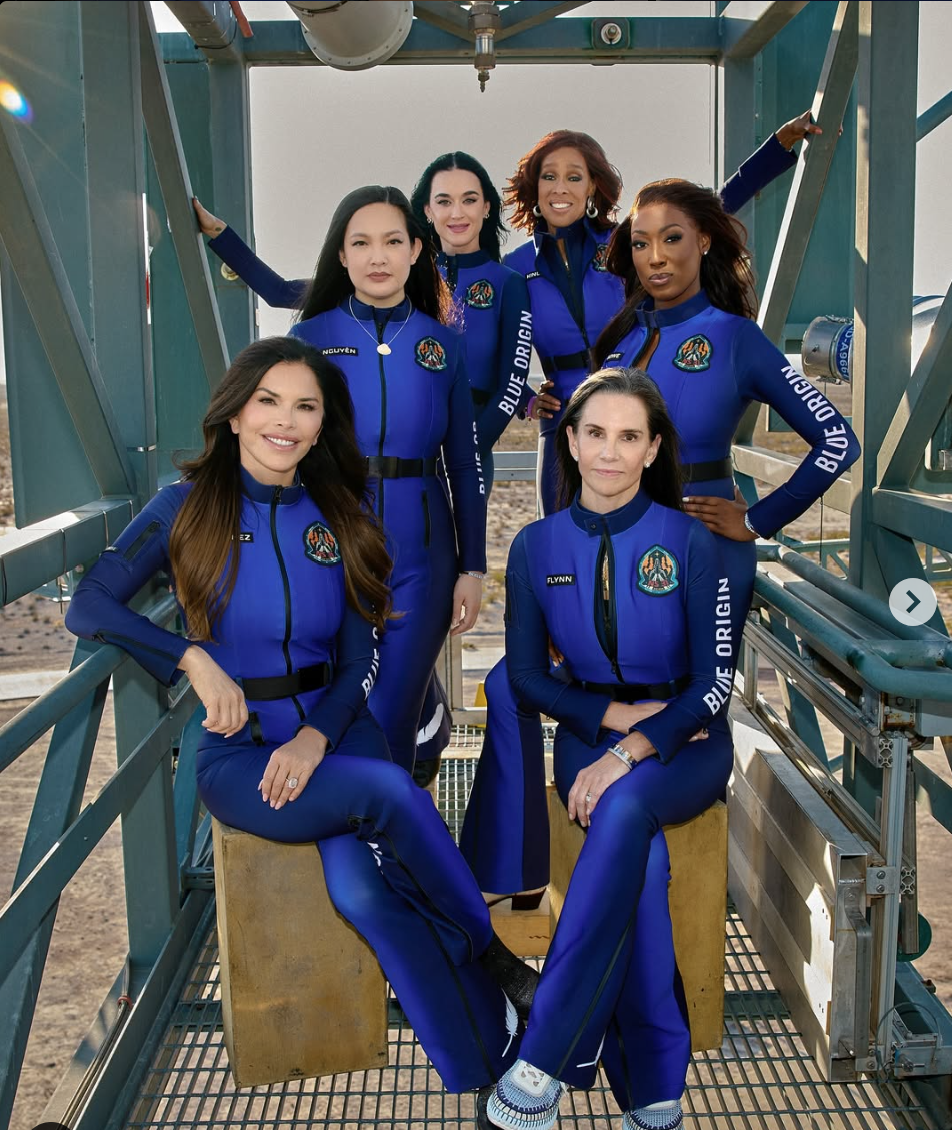
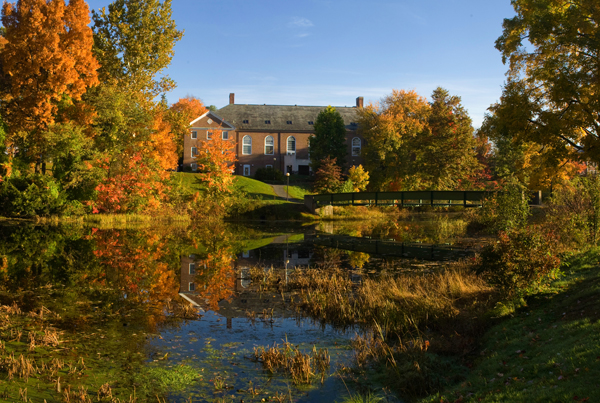
Heather Manley • Nov 2, 2023 at 9:28 AM
Fantastic article! I look forward to visiting the garden to get ideas for my own garden at home. So cool!